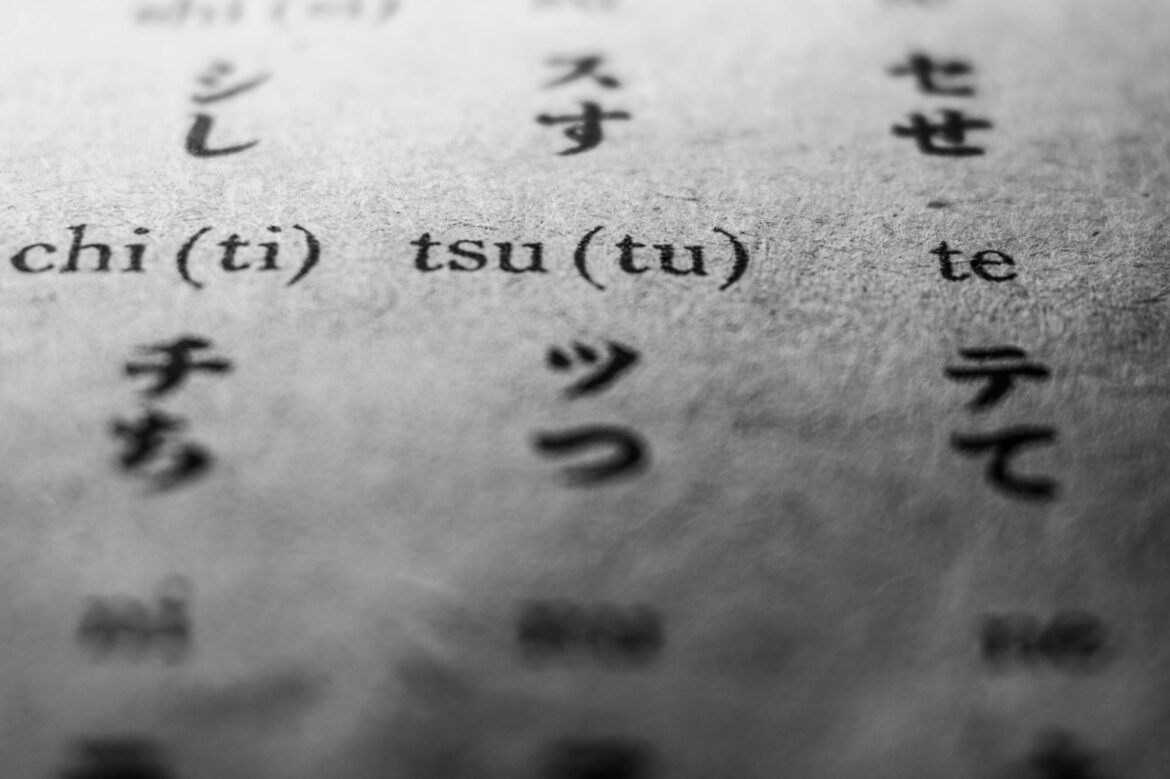The Agency for Cultural Affairs submitted a recommendation to education minister Toshiko Abe on Wednesday to replace the government’s romanization system for the Japanese language, the first such overhaul in 70 years.
The agency is recommending replacing the government’s long-standing Kunrei system with more widely used Hepburn-style spellings. The changes are expected to be approved within the current fiscal year and gradually rolled out in textbooks and other materials.
Under the Kunrei system, codified by Cabinet notification in 1954, phonemes for ち and ふ are written as ti and hu. Most Japanese schools still teach the style in romanization studies.
But the Hepburn system, which renders them as chi and fu, has become dominant both in Japan and abroad, making the impact of the change likely most evident in educational materials such as school textbooks.
The council’s recommendation also adopts Hepburn spellings for し, じ and つ as shi, ji, and tsu, compared to the Kunrei spellings of si, zi and tu. It specifies that double consonants, as in てっぱん, should be written by repeating the consonant, while long vowels such as in かあさん can be indicated with either a macron (kāsan) or doubled letters (kaasan).
Personal and organizational names will be left to the preference of individuals and entities concerned.
The government began reviewing official romanization rules in 2022, with then-education minister Masahito Moriyama formally requesting a reassessment last year.
Translated by The Japan Times


AloJapan.com